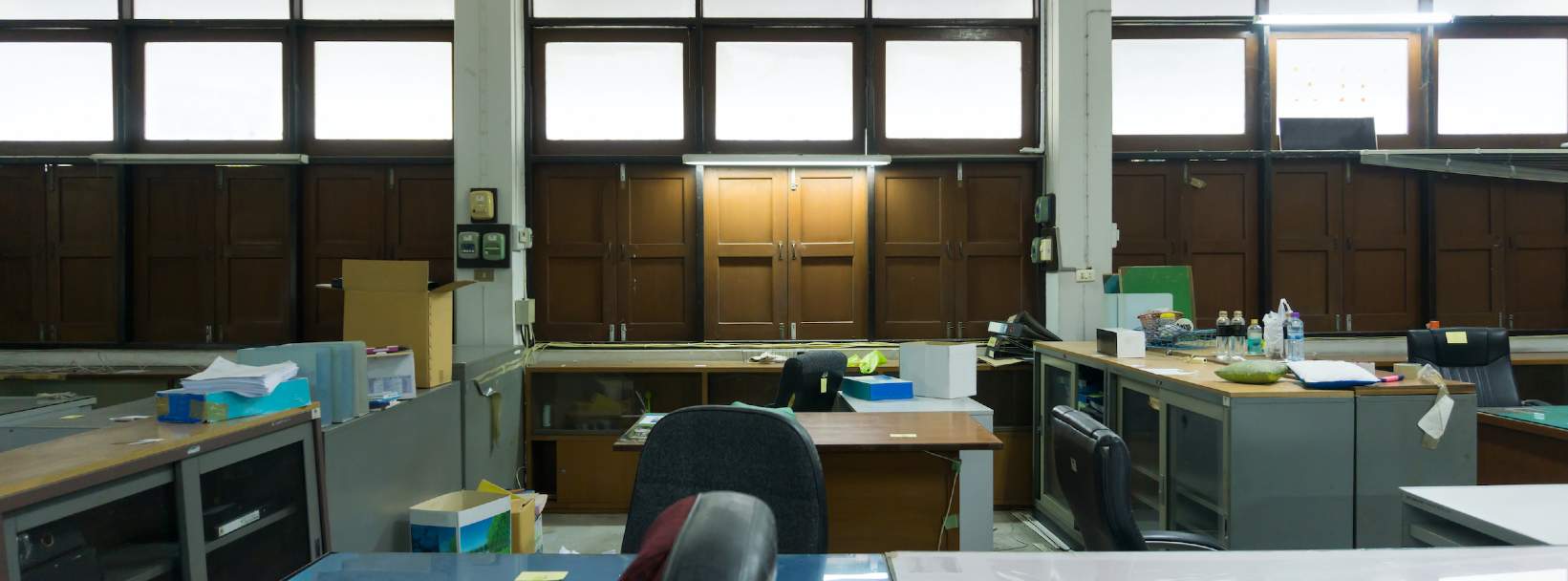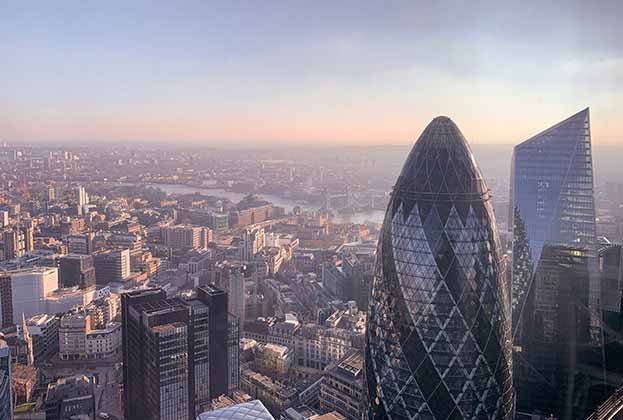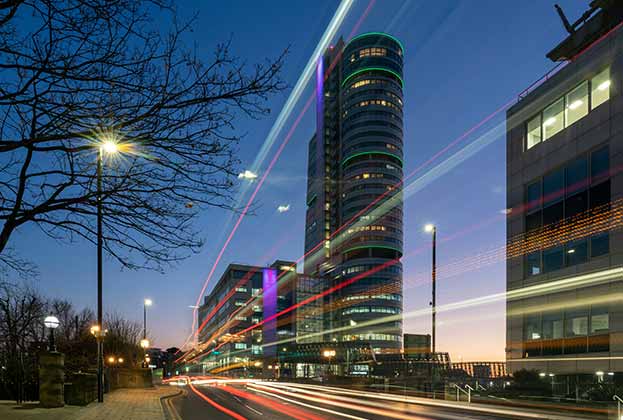The headlines around the looming changes to MEES legislation make clear the need for significant investment in order to bring our office stock in the UK up to standard.
Savills data shows the extent of the challenge in London equates to 14.8 million sq ft (the volume of London offices rated EPC C and below) – in other words 70 per cent of current supply is soon to fall foul of minimum energy efficiency requirements. Of this, 31 per cent (equating to 6.6 million sq ft) of office space has not been refurbished or modernised in over a decade, and is classed as second hand.
The figures highlight the need to consider how we bring more offices up to standard. As an industry we have a responsibility to avoid a max exodus of occupiers from old to new if we are to prevent swathes of London standing empty. We can achieve this by celebrating the sustainability credentials of the not-new offices.
A key consideration is whole life carbon in buildings. We currently don’t measure this as a default but as part of the industry proposed Part Z amendment to the Building Regulations, this would likely come into force later this decade. Accreditations for whole life carbon, such as BREEAM, are also gathering pace and are likely to have an effect on the market within the coming years. This will present a compelling environmental advantage to stay in an existing building rather than building new.
Meanwhile, as technology improves, these older buildings will not only offer reduced operational carbon but a lower embodied, and therefore whole life, carbon impact too. In doing so, these existing buildings have the potential to become desirable ‘high performing’ assets.
Unlocking the potential of older stock could offer some respite to occupiers in an environment with limited premium Grade A supply and increasing rents, particularly in London and other key UK regional cities. Exacerbating this further is the ongoing rise in capital expenditure costs, business rates, utilities and service charges, which together see all-in costs for occupiers continue to rise.
Good due diligence is required to determine the interventions needed to meet market and environmental performance requirements. So, making sure upgrade projects can practically be accommodated by the building and work commercially for owners and occupiers will be critical. What’s more, roadmaps for building improvements will increasingly form the basis of commercial lease extensions or relocation negotiations.
Net zero pathways and ‘future proofing’ analysis can, and should, be carried out by occupiers and landlords enabling both parties to make informed decisions about second hand buildings. Only then can true comparisons be made against new developments and more extensive Grade A refurbishments.
Further information
Contact Chris Skinner or Paul Bennett

-impact-the-office-sector(1).jpg)

.jpg)






